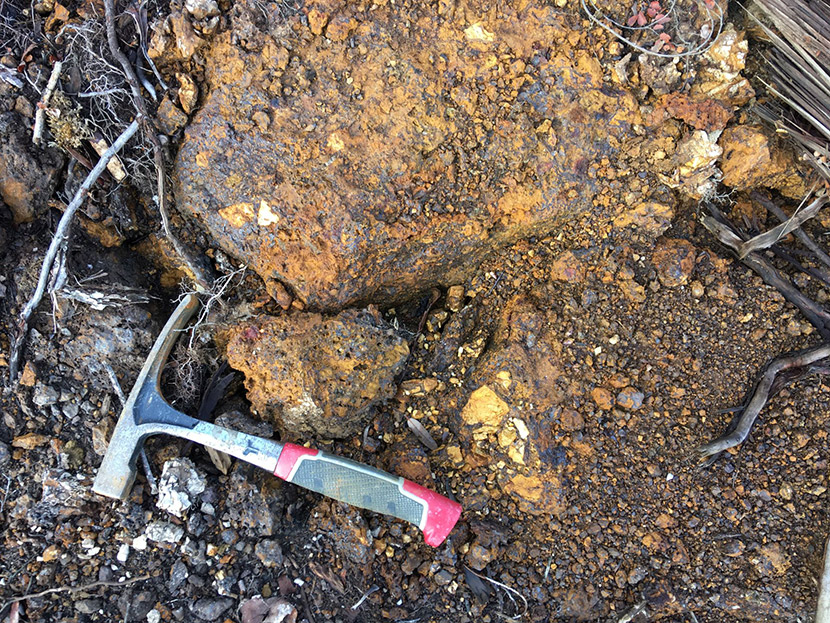
Copper is a key commodity of the future, with demand forecast to outstrip supply over the next decade as the world ramps up the race to decarbonize and transition to a greener economy powered by renewable energy and electric cars.
The world’s top copper producers – Chile and Peru – have, over the past couple of years, seen political instability rise with new governments considering tax royalties that could threaten the economic viability of key copper mines, and consequently production, and community opposition to new projects based on environmental, social and governance (ESG) risk.
A new exploration company, CopperCorp Resources Inc. (TSX-V: CPER), was listed on the TSX this month and is focused on copper exploration in Australia.
Run by a management team made up of veteran mine-finders of the world’s majors with a wealth of experience and expertise – CopperCorp has $11 million in funding out of the gate.
CopperCorp’s flagship asset is its 100%-owned Alpine copper project in the state of Tasmania, one of the world’s most stable and sustainable mining jurisdictions with a 150-year mining history. Tasmania’s number one source of revenue is mining and mineral projects.

“What interested me about Tasmania is the jurisdiction – it really does matter more than it ever used to,” says CopperCorp CEO Stephen Swatton, who has extensive international exploration experience with major mining companies.
“There are a lot of copper deposits in the world, but it is difficult to find large deposits in good jurisdictions,” Swatton says. “You go back to the jurisdictions you know, and make sure you’ve turned over every stone.”
The company is currently drilling – with over 4,100 meters completed in 12 holes so far at Alpine, targeting Iron-Oxide-Copper-Gold (IOCG) deposits at a district scale. A National Instrument 43-101 resource report is pending.
This year CopperCorp also plans to drill at its nearby Skyline project in the same jurisdiction, and adjacent to critical infrastructure such as power grids and wind farms via sealed road access.
Swatton says the geology indicates higher grades at near surface, which can translate into a future mine with a smaller environmental footprint.
The Alpine project is within 30 kms of Grange Resources’ Savage River magnetite mine, within the same host rocks, and considered by geologists to be an IOA style deposit, a close relative of IOCG.
“All the major companies would be eager to consider opportunities like Alpine,” says Swatton, “It is district-sized with the potential to host multiple mines in a safe jurisdiction, one that is powered by 100% renewable energy.”
“We’re drilling in and around there – that’s our starting point. We’re looking for multiple copper deposits around the whole district.”

The global resource is more than 600 million tonnes (mt) at 40% recoverable magnetite. Magnetite is a key indicator for finding IOCG deposits.
“This belt is a few hundred kilometers long from north to south,” says Swatton. “It's in an area where there is a very large iron ore deposit – 600 million tonnes at 40% iron. The origin of that iron ore deposit has never been fully understood, but the reinterpretation is that the whole belt may have iron-oxide copper-gold.”
Swatton says there are a lot of prospects in that area that haven’t been looked at for many years, and the particular area CopperCorp is looking at now has been drilled in the past but has not been viewed as a district and interpreted as a whole.
“There are a few different types of copper deposits – the largest are porphyritic – and we’re looking at a reinterpretation of old rocks,” Swatton says.
“We're aiming to secure as much of these prospective belts as possible. Alpine and Skyline are each large, district-wide plays, not just one asset.”
The preceding Joint-Venture Article is PROMOTED CONTENT sponsored by CopperCorp Resources Inc. and produced in cooperation with MINING.COM. Visit CopperCorp Resources Inc. for more information.
Comments